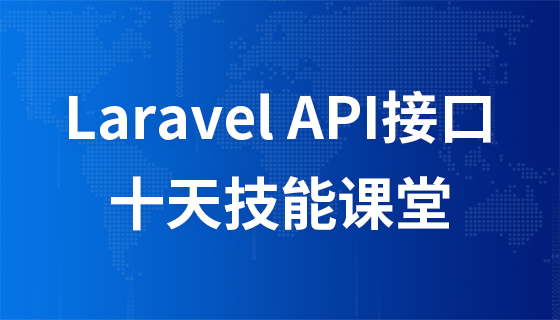
Course Elementary 5651
Course Introduction:This course is a practical course focusing on API interface development in the Laravel framework. This course will systematically introduce the entire process of API interface development over ten days, including interface design, routing, request and response, authentication and authorization, data transmission, error handling and other core contents. Through case teaching and practical exercises, students can quickly master the necessary skills for API interface development and improve development efficiency under the Laravel framework. Whether you are a beginner or an experienced developer, this course will provide you with valuable practical experience and solutions to help you achieve breakthroughs in the field of API interface development.
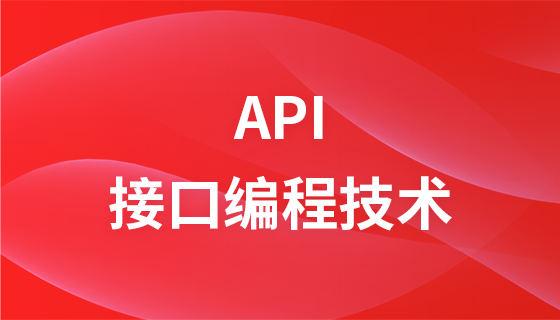
Course Intermediate 20549
Course Introduction:API interface programming technology uses PHP to prepare the required interfaces in advance, and APPs and mini-programs obtain JSON data by calling the interfaces. Many large companies have made third-party interfaces for programmers to use.
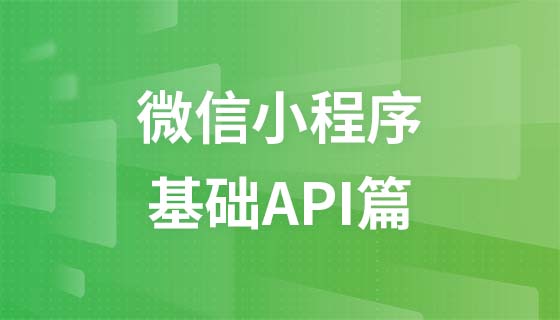
Course Advanced 13857
Course Introduction:Mini program is a new open capability that allows developers to quickly develop a mini program. Mini programs can be easily accessed and disseminated within WeChat, while providing an excellent user experience. This course is about learning the mini program API, which is very suitable for students who are just getting started.
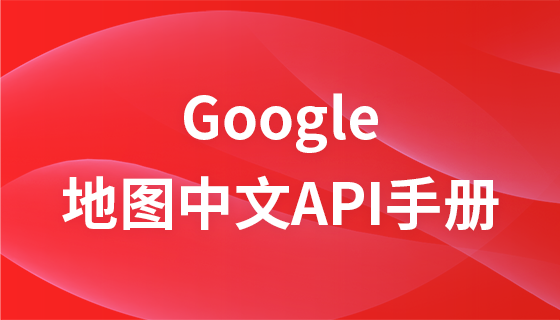
Course Elementary 16691
Course Introduction:In the "Google Maps Chinese API Manual", the basic element in any Google Maps API application is the "map" itself. This document discusses the usage of GMap2 base objects and the basics of map operations.
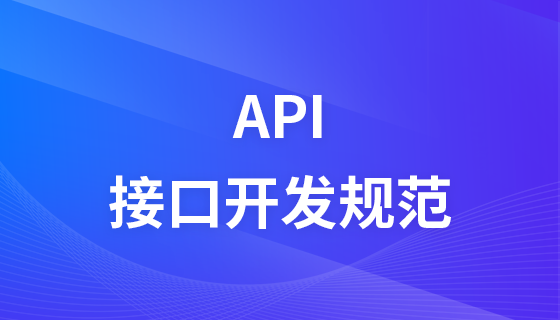
Course Intermediate 11667
Course Introduction:RESTful is a resource-oriented software architecture that can reduce development complexity and improve system scalability. Because RESTful adopts resource-oriented interface design and abstract operations, it simplifies developers' bad designs and also makes maximum use of the original application protocol design concept of HTTP.
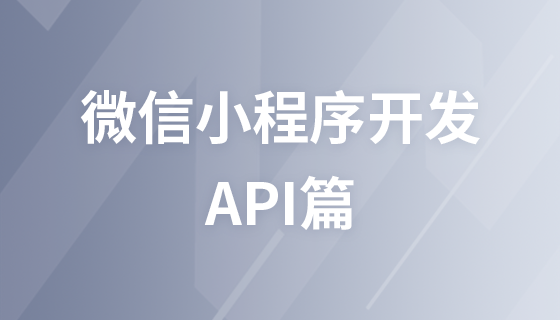
Course Elementary 5462
Course Introduction:Consult WeChat: ycku_com; "WeChat Mini Program Development | API" is a course focusing on WeChat Mini Program API development. This course will provide an in-depth analysis of the API interface of WeChat mini programs, including core modules such as basic API, network API, media API, location API, and device API. By explaining API usage, parameter configuration, return value processing and other key contents, it helps students quickly master the development skills of WeChat mini programs. The course will also combine practical examples to guide students in actual development operations and improve students' practical abilities and problem-solving abilities. Whether you are a beginner or an experienced developer, this course will provide you with valuable development experience and skills to help you achieve more achievements in the field of WeChat mini program development.
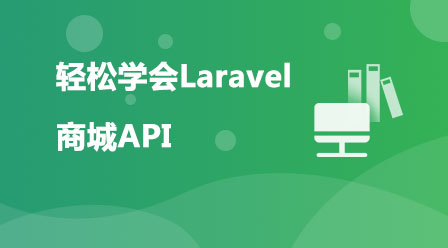
Course Intermediate 14973
Course Introduction:The Laravel framework is one of the most popular PHP development frameworks in the world. Now the Laravel framework has become the preferred framework for large Internet companies and PHP siegeers. This project is an advanced project for learning Laravel, so it is more inclined to use Laravel and commonly used third-party APIs. It is more technical and weakens the business logic of the project. For example, the processing of SKU is relatively simple.
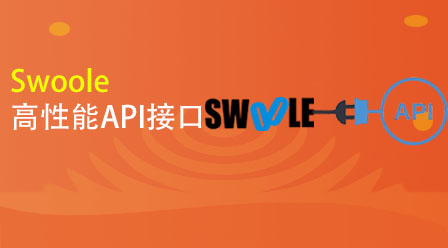
Course Intermediate 7570
Course Introduction:Required knowledge: PHP syntax basics Mysql basic usage Common commands in Linux systems Basic use of Swoole
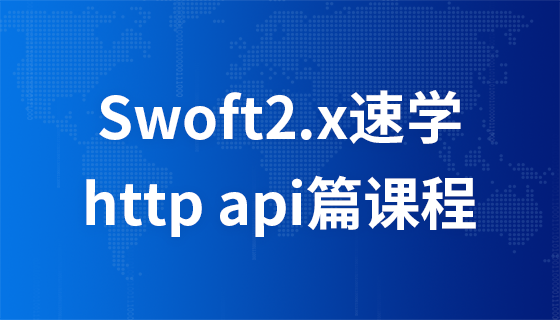
Course Elementary 2345
Course Introduction:Swoft is a high-performance PHP coroutine framework developed based on Swoole extension. It is lightweight, high-performance, flexible and scalable. This course will lead students to learn and master the use of the Swoft framework from scratch through a series of chapters. In the first chapter, we will learn how to create a basic HTTP API and introduce the simulation of commodity API and the use of RequestMapping annotations. In the next few chapters, we will learn how to create product lists, product detail pages, and use regular expressions to control routing path parameters. In Chapter 5, we will initially learn how to use middleware and modify the return value of the controller method. In Chapters 6, 7, and 8, we will learn how to obtain GET parameters and POST parameters, and simulate product modification operations. In Chapters 9, 10, and 11, we will learn how to automatically convert JSON parameters into entity objects and use reflection to execute setter functions. In Chapter 12, we will learn the basic configuration of the database and use native queries to obtain product details. In Chapters 13 and 14 we will learn how to use validators and practice controlling character length validation. In Chapter 15, we will learn more ways to use the validator, including validation types and non-annotation usage, and upgrade the Swoft version. Finally, in Chapter 16, we will learn about database connection pooling
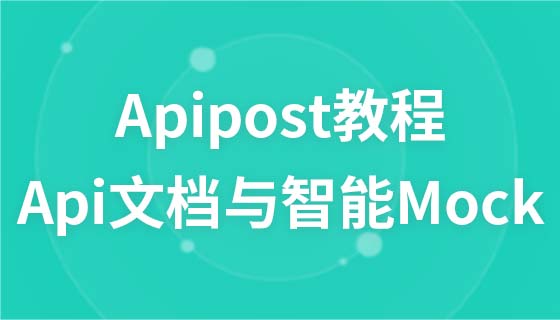
Course Elementary 2906
Course Introduction:As a back-end, being urged by the front-end to require interfaces has become a daily hassle in my work; and when the front-end jointly debugged, I found that the data of my mock did not match the back-end, which was even more frustrating. When the backend has not yet provided a real interface, it is very important to first get a data structure of the simulated response, which is what we call the interface document. How to write such a dynamic document that is clear and standardized and can be updated in real time? No need to do it yourself, we can use Apipost, a research and development collaboration artifact, to quickly and automatically generate an ideal interface document!
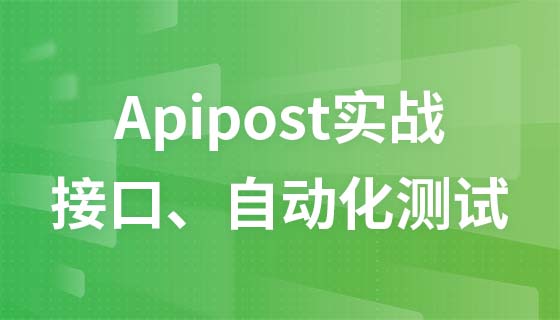
Course Elementary 3209
Course Introduction:This course breaks down the APIPOST functions and demonstrates them in practice, so that Apipost students can have a better and more comprehensive understanding of all the functions of the APIPOST product. No matter which position you are in front-end, back-end, or testing, you need to have such a Tools to help us collaborate on development, manage projects, and improve work efficiency. Apipost official website: https://www.apipost.cn
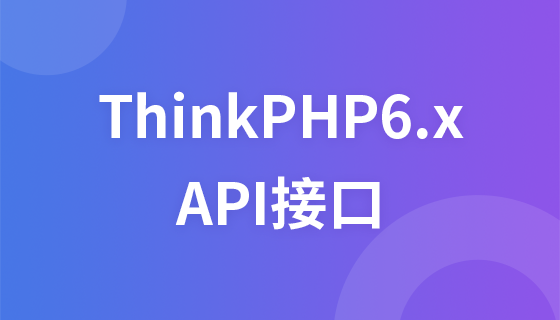
Course Elementary 5271
Course Introduction:Consult WeChat: ycku_com; This course is a course focused on using the ThinkPHP6.x framework to build API interfaces. In this course, learners will learn how to use the ThinkPHP6.x framework to create high-performance, scalable API interfaces, including but not limited to RESTful-style interface design, data validation, security, version control, document writing, etc. content. The course will also cover how to use ORM, middleware, routing and other features in ThinkPHP6.x to simplify the development process of API interfaces, and introduce some common API development best practices and design patterns. Through this course, learners will be able to master the skills of using the ThinkPHP6.x framework to build robust and efficient API interfaces, providing substantial help for their career development in the field of back-end development.
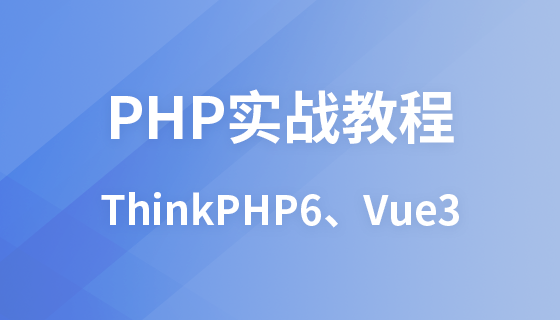
Course Elementary 26786
Course Introduction:The comprehensive practical courses are designed to consolidate the learning results of front-end and PHP basics, achieve flexible application of front-end and PHP core knowledge points, complete your own projects with practical training, and provide guidance for online implementation. Comprehensive practical key practical courses include: social e-commerce system backend development, client management, Infinitus category design, user rights management, distribution, promotion system design, the entire WeChat/Alipay payment process, project online operation...

Course Elementary 13772
Course Introduction:Scala Tutorial Scala is a multi-paradigm programming language, designed to integrate various features of object-oriented programming and functional programming.

Course Elementary 82280
Course Introduction:"CSS Online Manual" is the official CSS online reference manual. This CSS online development manual contains various CSS properties, definitions, usage methods, example operations, etc. It is an indispensable online query manual for WEB programming learners and developers! CSS: Cascading Style Sheets (English full name: Cascading Style Sheets) is an application used to express HTML (Standard Universal Markup Language).

Course Elementary 13144
Course Introduction:SVG is a markup language for vector graphics in HTML5. It maintains powerful drawing capabilities and at the same time has a very high-end interface to operate graphics by directly operating Dom nodes. This "SVG Tutorial" is intended to allow students to master the SVG language and some of its corresponding APIs, combined with the knowledge of 2D drawing, so that students can render and control complex graphics on the page.

Course Elementary 24590
Course Introduction:In the "AngularJS Chinese Reference Manual", AngularJS extends HTML with new attributes and expressions. AngularJS can build a single page application (SPAs: Single Page Applications). AngularJS is very easy to learn.

Course Elementary 27446
Course Introduction:Go is a new language, a concurrent, garbage-collected, fast-compiled language. It can compile a large Go program in a few seconds on a single computer. Go provides a model for software construction that makes dependency analysis easier and avoids most C-style include files and library headers. Go is a statically typed language, and its type system has no hierarchy. Therefore users do not need to spend time defining relationships between types, which feels more lightweight than typical object-oriented languages. Go is a completely garbage-collected language and provides basic support for concurrent execution and communication. By its design, Go is intended to provide a method for constructing system software on multi-core machines.
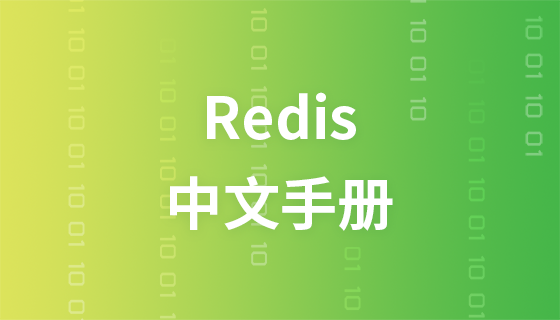
Course Elementary 57892
Course Introduction:"Redis Command Operation Chinese Manual" is the latest official Redis online reference manual. Redis is an in-memory cache database. This manual contains various Redis operation commands with Chinese explanations. You will learn to master the efficient use of Redis in the data server. It is a must-have online query for Redis learning and users. Refer to the documentation tutorial!
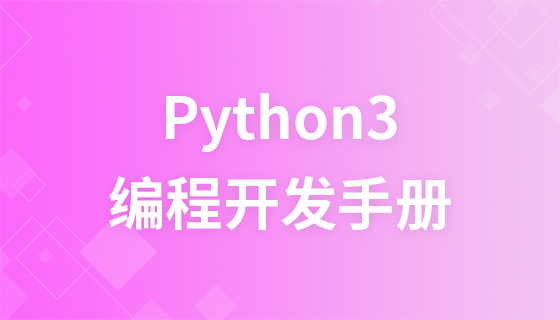
Course Elementary 87580
Course Introduction:"Python 3 Tutorial" The 3.0 version of Python is often called Python 3000, or Py3k for short. This is a major upgrade compared to earlier versions of Python. In order not to bring too much burden, Python 3.0 was not designed with backward compatibility in mind. Python language is very simple and easy to use for beginners and to complete common tasks.